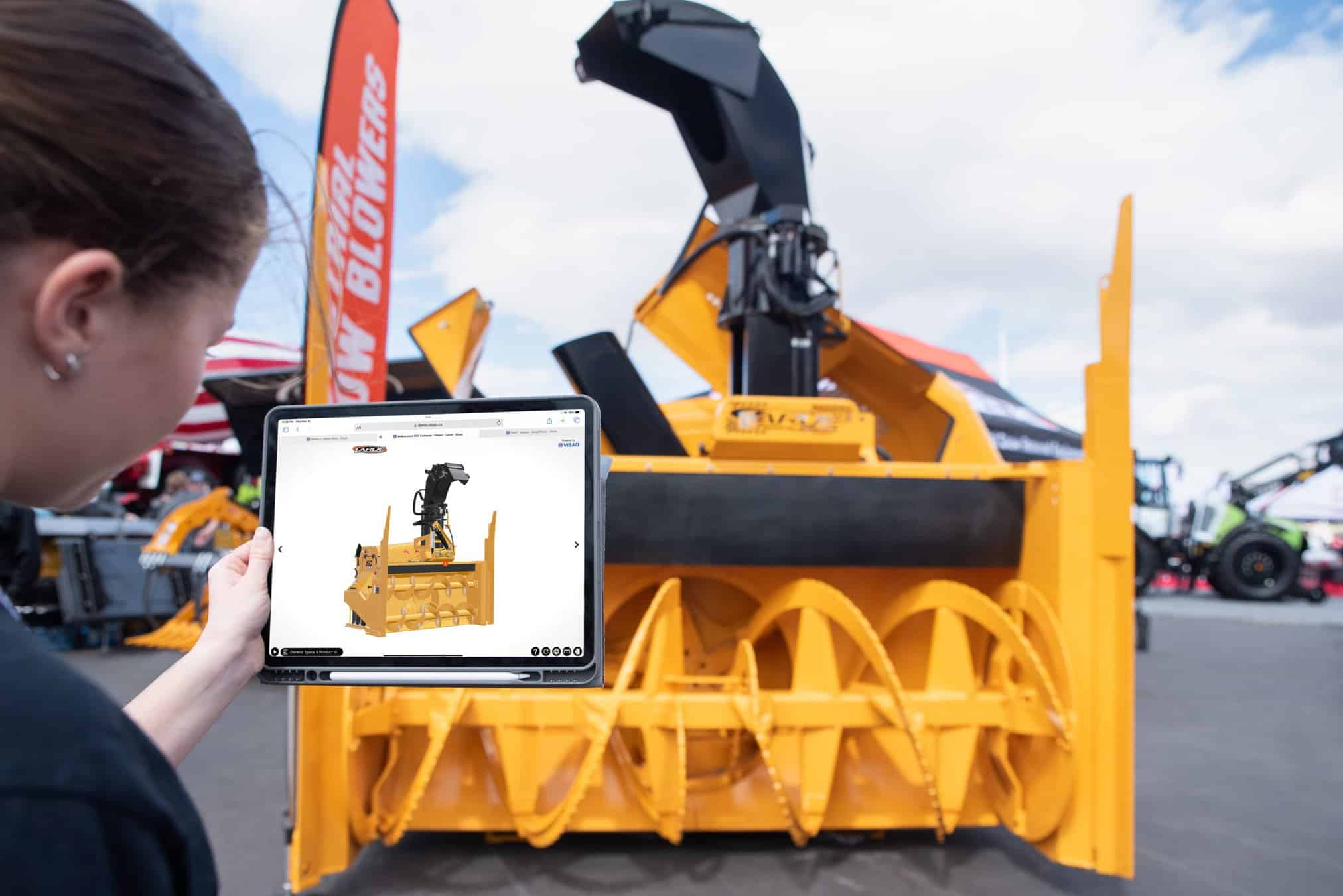As the COVID-19 pandemic swept across the globe, traditional brick-and-mortar shops and stores were forced to close, leading to a surge in online shopping. This shift in consumer behaviour has prompted marketing teams to adapt their strategies to meet the new reality. One powerful tool that has gained traction in this context is 3D visualization. With the ability to create immersive and interactive product experiences, 3D models have emerged as an innovative solution for showcasing product ideas in the digital realm. In this blog, we will explore the growing importance of 3D visualization in response to changing customer needs and habits, and how it can revolutionize the way products are presented online.
What is 3D product visualization?
3D product visualization is a way for companies to showcase their products with 3D models. 3D imaging and visualization software are used to create impressive animations and 3D renderings of products or services. They help potential customers properly visualize the product they are thinking of buying from all angles.
3D visuals come in many different forms, from a simple 3D image of the product, or a fully interactive and immersive experience, allowing customers to fully explore the product design to help them make a smart purchase decision. Marketing campaigns often take full advantage of 3D product visualization services as they provide a technical visual experience for their targeted audience.
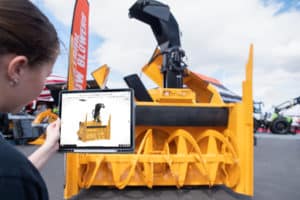
Where is 3D visualization used?
3D visualization is used in a variety of different sectors of the economy. Almost all online shopping experiences utilize some form of 3D visualization whether that be static 3D visuals or something more interactive. Below are some of the most common industries which leverage 3D product visualization services.
Product Manufacturing
3D product renderings are used before the finished product even hits the shelves. It is an important part in the development process of a product launch as 3D renderings serve as digital prototypes. Once the initial product idea is conceptualized, designers and creators will work with professionals who offer 3D production services to mock up a high-quality 3D image of the product.
This allows the creators to visualize the product idea more realistically, and thanks to the interactive 3D elements that can be created, they can also identify any design flaws or functionality issues that may need to be fixed before the product launch.
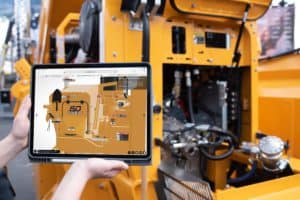
Product Marketing
In the marketing process of a complex product idea, 3D visualization is often the marketing strategy that appeals the most to potential customers. People are no longer satisfied with text descriptions of a product, and if they cannot see and fully understand the product, they are less likely to buy it. If a picture is worth a thousand words, a 3D rendering has proven to be worth more since it can be interactive and display the interior design of a product.
Not only does it provide customers with a surface look of the product, but it can also be used to create customizable products and improve the customer experience. For example, many shoe brands offer customers the option to create custom shoes, and 3D visualization is employed in this process to get a 360-degree view of their creation. This smart marketing strategy improves customer engagement by increasing their degree of control over the product idea, making them more likely to invest in the physical product.
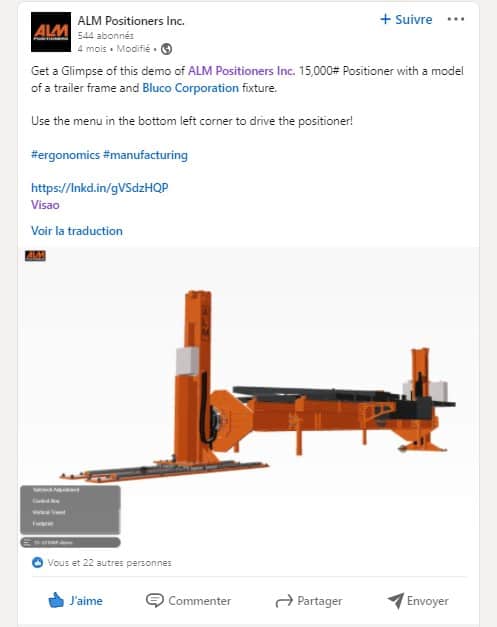
3D Visualization for Marketing
Architecture and Interior Design
3D rendering has become somewhat of a modern-day necessity in the digital age of architecture and interior design. It is not unusual for clients to want to be involved in a project from the very outset, and 3D visualization allows for that by providing a visual aid for people who do not necessarily understand the intricacies of design.
Giving architects access to high-quality 3D visualization software allows them to map out the structural elements of a project, which provides a practical advantage as they can identify any errors that they might have made. It also allows them to share their work with clients for approval. High-quality 3D models are a useful tool for architects as they allow them to bring their designs to life. It also allows clients to see how their space is going to look once finished. This ensures that clients are kept in the loop and that there are no surprises further down the line.
Media
A lot of the media that we see today uses some form of 3D visualization. 3D visualization is particularly used in certain types of animations. These might be animations for a TV show, film, or video game. For example, virtual reality and augmented reality games often provide players with hyper-realistic scenarios. These scenarios are created using 3D visualization technology.
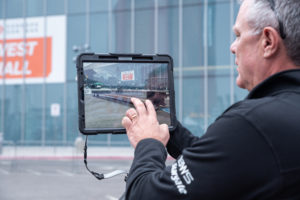
Product Visualization Services
3D Visualization Techniques
Every project requires a different approach to 3D visualization, which is why there is a whole range of different techniques employed within the 3D rendering world.
Here are some common 3D visualization techniques:
- Photorealistic
- Minimalist
- Futuristic
- Optimistic
Photorealistic
Photorealistic rendering provides you with a hyper-realistic 3D image. This is achieved by ensuring the textures, patterns, lighting, and shadows are all as close to real-life as possible. This technique is most often a marketing strategy to make product ideas tangible to their audience and to offer a modern customer experience.
Minimalist
Unlike photorealistic visualization, minimalist rendering puts less focus on the intricacies of the product, meaning things such as lighting and textures do not matter as much. This technique is usually used by people such as architects and engineers who are only worried about the functionality of the thing they are creating.
What is a computer-aided design?
Futuristic
This technique is meant to remove the customer from the real world and propel them into something entirely new. Futuristic techniques create things that we would not necessarily think of, and therefore catch the viewer by surprise. This technique is often used in things such as video games where players are seeking an escape from the monotony of everyday life. Amazing dynamic visuals are made possible when creativity meets 3D visuals.
Optimistic
The optimistic technique is often used in marketing eCommerce strategies as it consists of taking the product and placing it in an ideal or optimal setting. This is a form of product placement that lets the product shine in the best light possible. A few examples of this could be a house placed in the perfect location, or a pair of basketball shoes mid-air on Lebron James’ feet on a basketball court. It is a way of creating 3D visuals that impress!
Main Advantages of 3D Product Visualization for eCommerce
ECommerce is the sector where 3D product visualization shines. A 3D rendering of a product idea can help elevate it in the mind of the customer, which in turn makes it easier to sell.
The main advantages of 3D product visualization for eCommerce businesses are:
- Consumer confidence
- Fewer returns
- Improved customer experience
1. Consumer Confidence
Presenting 3D visuals of your product or service helps consumers or businesses to inspect your physical product or service process digitally. This can remove a great deal of the buying anxiety a customer might have since they’ve had the chance to toy around with the 3D models remotely. Photorealistic 3D visuals can illustrate the complexity of products with simplicity.
2. Fewer Returns
Companies that typically go through the trouble of 3D rendering their physical product tend to be confident about what they offer in the market. Since they leave a digital version of what they make for all to see, their customers are certain that the dimensions, the function, or the aesthetic of the product is exactly what they were looking for.
As mentioned above, 3D visualization is also often used to customize products in real time. This type of customer experience does away with assumptions and provides a realistic digital 3D image of the physical product.
3. Improved Customer Experience
3D visualization can be used to increase sales and improve the overall customer experience. It provides online customers with a more realistic shopping experience, as they can familiarize themselves with the dynamic 3D models of what they are planning to buy. This reflects positively on your brand’s reputation!
3D Visualization Services
If you think that your business could benefit from 3D visualization services, don’t hesitate to get in touch with Visao. Visao is a 3D visualization and rendering company that is trusted by a multitude of different companies. Our 3D specialists will take your basic CAD drawings and transform them into impressive photorealistic 3D models. Once we have created your 3D visuals, we can help you integrate them on your website.
